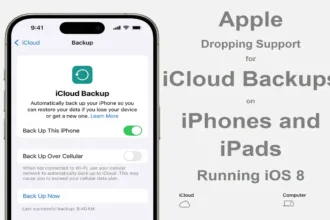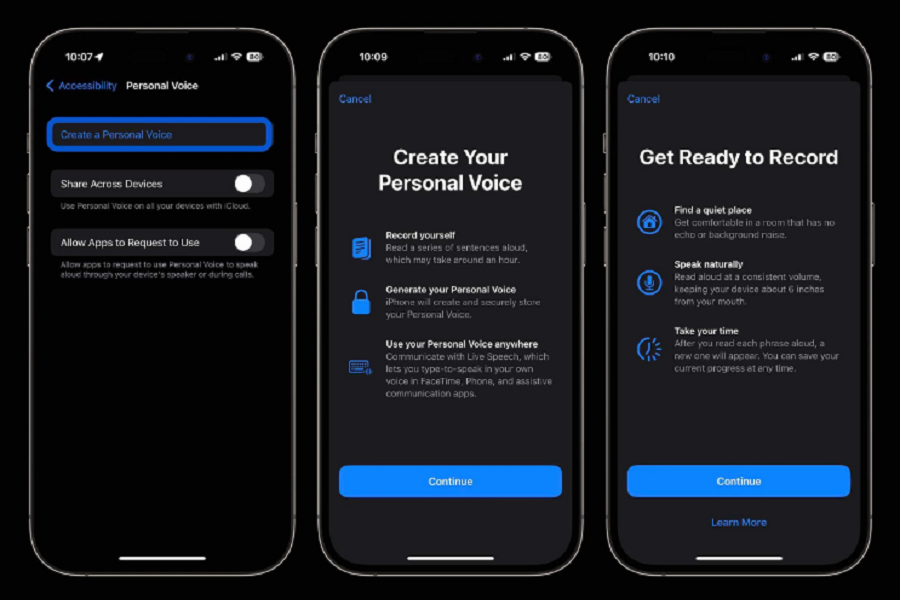Apple’s journey of innovation continues with the release of iOS 17, pushing the envelope of accessible technology further with each new launch. The key attraction of this new version is the “Personal Voice” feature – a tool that helps users generate a synthetic voice that mimics their own. This feature has been lauded particularly for its potential as an assistive tool for users with speech impairments, making communication more effective and personal. Here’s how to enable Personal Voice in iOS 17.
How to Create a Personal Voice?
The Personal Voice tool, an integral part of iOS 17, is a marvel of modern technology that digitally replicates your unique voice. As part of the setup process, it necessitates recording your voice in a quiet environment to ensure high accuracy. Once you’ve successfully recorded your voice, your iPhone uses this audio data to create a customized voice model that mirrors your speech patterns and intonations.
To activate this feature:
- Access the ‘Settings’ menu on your iPhone.
- Tap ‘Accessibility.’
- In the ‘Speech’ section, you’ll find ‘Personal Voice.’
- Follow the on-screen prompts which guide you through the process.
Remember, generating an accurate replica of your voice requires around 15 minutes of voice recording, although the process might extend up to an hour in certain circumstances.
How to Use Personal Voice?
Once your Personal Voice is successfully configured, it opens up a plethora of exciting opportunities:
1. Amplifying Conversations
Personal Voice is a game-changer when it comes to phone or FaceTime calls and even in-person interactions. By voicing out the typed text in your voice, the tool adds a personal touch to digital conversations, making them feel more natural. Additionally, you can save phrases you frequently use for quick access during lively conversations.
2. Enriching Text-to-Speech
Apart from live conversations, you can use Personal Voice to read out typed text on your iPhone, thereby enhancing readability and adding a personalized touch to your device’s accessibility features.
3. Integrating with Third-Party Apps
Numerous third-party applications provide assistive communication support. By integrating your Personal Voice with these apps, you add a layer of customization and improve user experience.
Accessibility Updates
Apple’s commitment to making technology accessible to everyone shines through in every new release, with iOS 17 continuing this legacy. A slew of accessibility features have been introduced, designed to aid users with different abilities.
For instance, the ‘Assistive Access’ feature is a boon for users with cognitive disabilities. This tool presents a customizable interface that makes iPhone navigation easier and more independent. Personal Voice, with its focus on voice-based accessibility, further expands the arsenal of tools that empower users to interact with their devices more seamlessly.
Final Words
Apple’s introduction of the Personal Voice feature in iOS 17 is a significant stride towards a future where technology is seamlessly accessible to all. This feature, while easy to set up and use, has the potential to revolutionize communication for those with speech difficulties.
However, like any pioneering technology, some areas need refining, such as breaking language barriers and improving multilingual support. Nonetheless, the advent of Personal Voice represents a commendable effort by Apple to build an inclusive digital environment. With such innovative features in the offing, we can look forward to a future where technology is increasingly accessible and intuitive.






